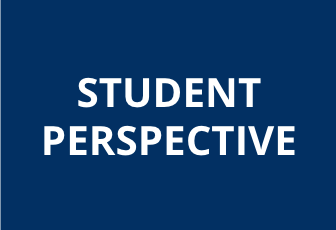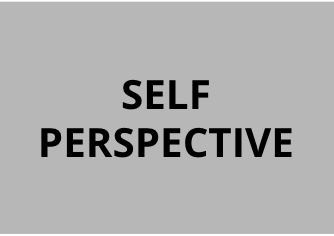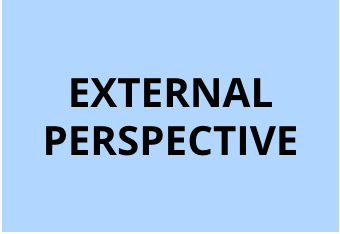Why is Documenting Your Teaching Important?
Teaching is a significant part of most faculty members job responsibilities, and the primary focus for some. Assessing and documenting teaching efforts, educational development, and how approaches to teaching impact learners can help faculty members critically reflect on their performance. In addition, good documentation can ensure faculty receive appropriate acknowledgment for their efforts, including promotion and tenure.
Traditional Documentation of Teaching
The two most common metrics used to provide information about teaching practices are Student Evaluations of Teaching and Departmental Peer Review practices.
Student evaluations of teaching can provide valuable information, especially when faculty members take steps to improve the information they collect from their SETs. Studies show, however, that these metrics are vulnerable to bias, not reflective of teaching quality, are often incorrectly used, misinterpreted, and subject to student misunderstanding (e.g., Benton and Cashin, 2011; Linse, 2017; Peterson et al., 2019; Kreitzer and Cushman, 2021; Kogan, 2022).
Department peer evaluations are designed and implemented by departments. Faculty should reach out to their units for guidance and exemplars of what is expected during a peer observation, what feedback will be provided and what happens with the information.
More and more, faculty are encourage to be pro-active and comprehensive about documenting the efforts they put into their teaching. One approach is to identify, collect and providing multiple perspectives on your instructional efforts. These perspectives can include your own, your learners, and external sources.
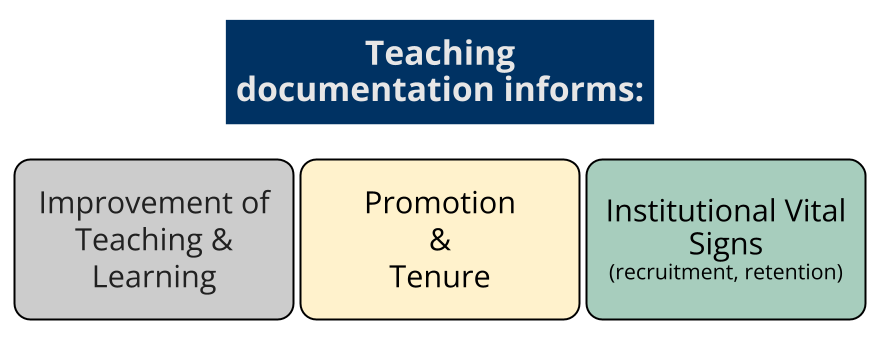
Work to Provide Multiple Perspectives on Your Teaching
By gathering evidence of your commitment to teaching from multiple perspectives you can more accurately, holistically, and effectively document your own growth and educational development and improve your teaching practice.
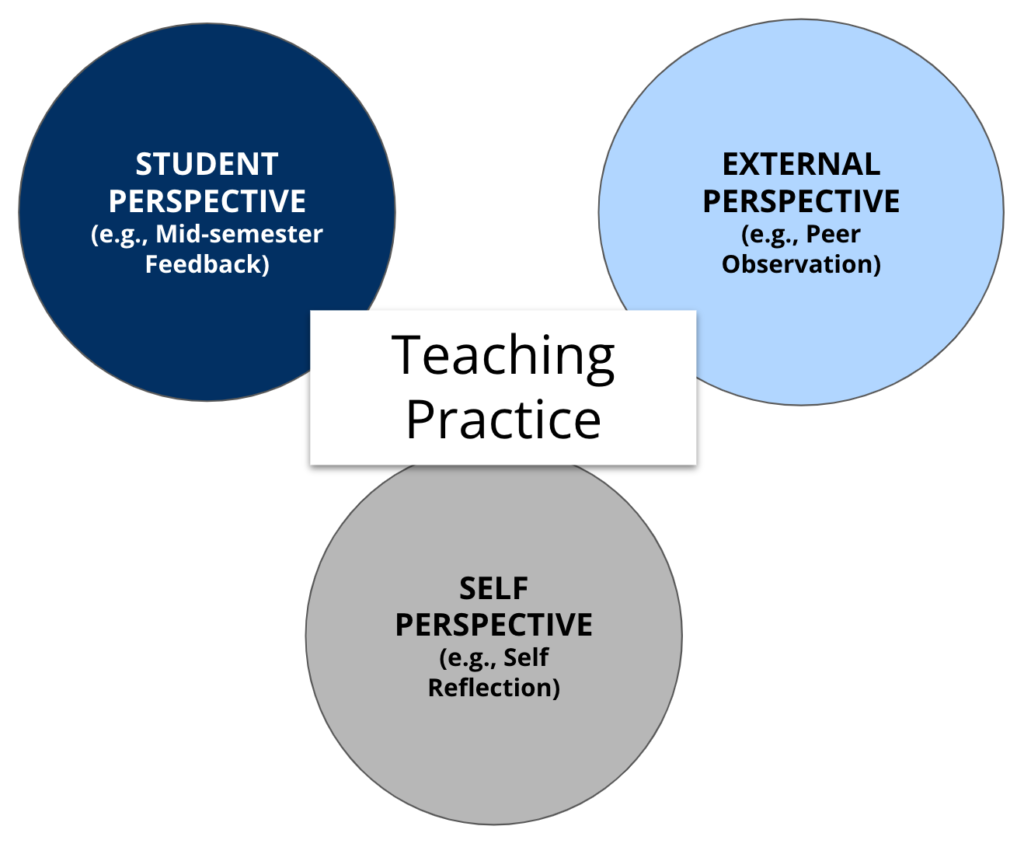
Explore the Pages Below for Examples
Helpful Resources (All links open in a new window)
Office of Institutional Research and Assessment Course Evaluation Resources
University of Maine: Departmental Evaluation Criteria
Frameworks of Teaching Excellence/Effectiveness from other institutions.
University of Kansas Benchmarks Project
University of Colorado Boulder Teaching Quality Framework initiative
University of Massachusetts Amherst
References
Benton, S. L., & Cashin, W. E. (2011). Student ratings of teaching: A summary of research and literature. IDEA paper no. 50. Center for faculty education and development. IDEA Center, Kansas State University. Retrieved from http:// ideaedu.org/wp-content/uploads/2014/11/idea-paper_50. pdf.
Kreitzer, R.J., & Sweet-Cushman, J. (2021). Evaluating student evaluations of teaching: A review of measurement and equity bias in SETs and recommendations for ethical reform. Journal of Academic Ethics, 1-12.
Kogan, V., Genetin, B., Chen, J. And Kalish, A. (2022). Students’ Grade Satisfaction Influences Evaluations of Teaching: Evidence from Individual-level Data and an Experimental Intervention. (EdWorkingPaper: 22-513). Retrieved from Annenberg Institute at Brown University: https://doi.org/10.26300/spsf-tc23.
Linse, A. (2017). Interpreting and using student ratings data: Guidance for faculty service as administrators and on evaluation committees. Studies in Educational Evaluation. 54: 94-106.
Peterson, D.A., Biederman, L.A., Andersen, D., Ditonto, T., & Roe, K. (2019). Mitigating gender bias in student evaluations of teaching. PLoS ONE, 14.

